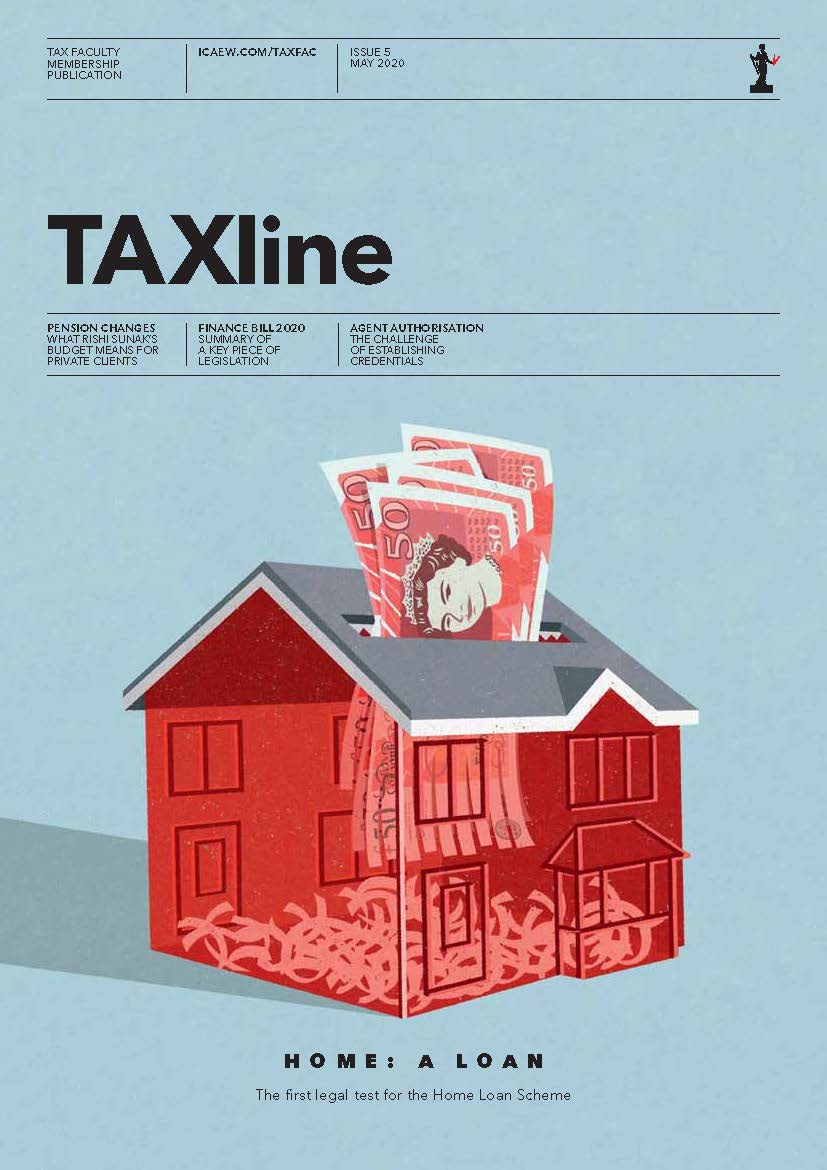HMRC began publishing Guidelines for Compliance in November 2021 with the intention of highlighting “complex, widely misunderstood or novel risks that can occur across tax regimes”. Taxpayers do not have to follow the guidelines but, as HMRC says, doing so may mean avoiding “unnecessary contact” from HMRC and “reducing the risk of paying additional tax, interest and penalties”.
VAT guidelines for compliance
In September 2024, HMRC published Guidelines for Compliance 8 (GfC8) relating to VAT compliance controls. The guidance sets out HMRC’s recommended approach to governance, controls and processes with regard to VAT accounting. It applies to all VAT-registered businesses, with no minimum threshold. However, the rules should be applied appropriately, considering the size and complexity of the organisation.
The guidance provides detailed expectations for the types of controls that should be in place; how these controls should be documented; the circumstances under which the controls should be reviewed and re-evaluated; and ownership of risk management.
HMRC’s expectations with respect to a business’s management of its VAT position are clearly set out. The guidance emphasises the implementation and use of good practices, highlighting the importance of risk management, control design and documentation.
Record keeping and audit trails
HMRC expects there to be a clear audit trail of documentation providing an accurate position to support a VAT treatment. The guidance sets out:
- the need to ensure that the tax treatment is correct before sales or purchase orders are issued;
- that documents are added at appropriate moments; and
- invoicing and credit notes are created accurately and issued in a timely manner.
Throughout the guidance, HMRC recommends particular controls at each stage of the audit trail to help manage VAT risk.
There is a dedicated section for expenses, with more expectation towards having clear, understandable policies and guidance that is effectively communicated. HMRC prefers VAT calculations to be automated instead of using manual workings.
While expenses can often be small, not being able to demonstrate appropriate controls could lead to further checks on other processes. It can also be very time consuming to try to compile all the records ahead of a VAT inspection compared with managing it on an ongoing basis.
VAT reporting checks
Every business will have its own way of managing compliance, but GfC8 lists out some robust practices applicable to all, including:
- Spreadsheets are still ubiquitous and that is accepted. However, HMRC expects that businesses use:
- version control;
- automatic linking;
- drop-down menus instead of free entry; and
- trained developers and conduct thorough testing to ensure the files work as expected.
- Risk-based checks are expected and referred to as ‘detective’ controls. They should allow for exceptions (ie, errors) to be identified via review after a process is completed.
- HMRC highlights trend analysis as a good practice. This should be applied not just to VAT totals, but also to customer/supplier lists and forecasted payment values.
Automation and IT system use
HMRC has set out previously its ambition to become a digital-first organisation. Several sections focus on businesses’ IT infrastructure, highlighting how it should be used.
As a starting point, it expects that all interfaces are documented, so the flow of information is clearly defined. The systems used should reflect the organisation’s structure and apply a set of standard processes, tax codes, and logic.
Using the guidance
While the guidance is very detailed, it does provide taxpayers with some clear insights into HMRC’s expectations regarding controls, processes and documentation. For many organisations, complying with these requirements will necessitate involving people beyond the tax and finance teams.
If errors are made and this guidance has not been applied, it may be harder to argue that reasonable care has been taken. This may have a knock-on impact regarding the application of penalties.
It’s also important for taxpayers covered by the senior accounting officer regime to be comfortable that the appropriate controls and processes are in place for VAT accounting. HMRC may start reviewing the extent to which the guidance has been applied when considering risk ratings.
Therefore, while the new guidance is helpful in its detail and clarity of HMRC expectations, it also requires many taxpayers to take action to meet HMRC standards in this area.
Rob Janering, VAT partner, Crowe UK LLP
Simon Atkins, Partner, RSM UK
Further information
Latest on business tax
The Tax Faculty
ICAEW's Tax Faculty is recognised internationally as a leading authority and source of expertise on taxation. The faculty is the voice of tax for ICAEW, responsible for all submissions to the tax authorities. Join the Faculty for expert guidance and support enabling you to provide the best advice on tax to your clients or business.


